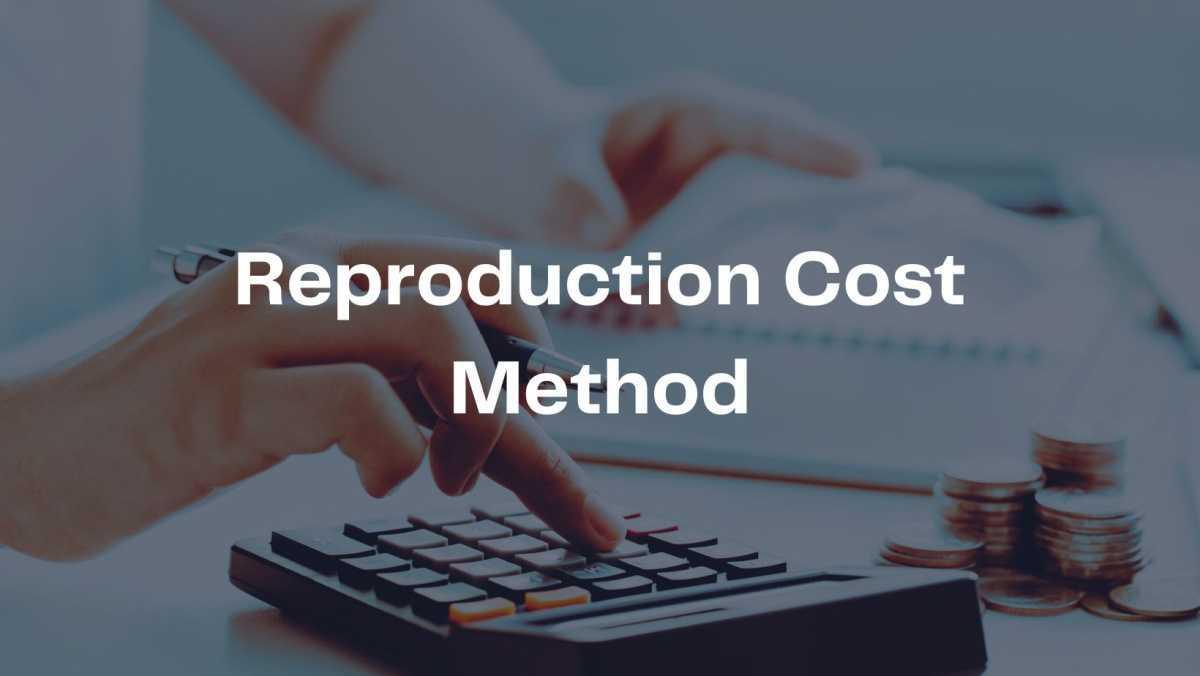The Reproduction Cost Method estimates the value of an asset or a company by determining the cost required to replicate it exactly using the same materials, design, and specifications at current market prices. This method is commonly used for valuing specialized assets, insurance purposes, and tangible fixed assets.
Step 1: Identify the Assets to be Valued
Classify assets into categories to determine their reproduction costs accurately:
-
Tangible Assets
- Land & Buildings
- Machinery & Equipment
- Vehicles
- Furniture & Fixtures
-
Intangible Assets (if applicable)
- Patents, trademarks, copyrights
- Proprietary technology
-
Other Assets
- Specialized software
- Infrastructure improvements
Step 2: Determine the Reproduction Cost for Each Asset
The reproduction cost is the current cost to recreate an identical asset. This can be estimated using:
-
Market-Based Approach
- Identify current market prices for purchasing or constructing an identical asset.
- Example: If a manufacturing machine costs $1M today to build exactly as the original, the reproduction cost is $1M.
-
Cost-Based Approach (Component Breakdown)
- Estimate material costs, labor, and indirect costs to rebuild each asset from scratch.
- Example:
- Material costs: $600,000
- Labor costs: $300,000
- Overhead & administrative costs: $100,000
- Total Reproduction Cost: $1M
-
Indexation Method (for older assets)
- Adjust historical costs using inflation or cost indexes.
Example:
If a building was constructed for $5M in 2010 and the construction cost index has increased from 100 (2010) to 150 (2025), the adjusted reproduction cost is:
Reproduction Cost=5M×150/100=7.5M
Step 3: Account for Depreciation and Obsolescence
Reproduction cost is adjusted for depreciation and obsolescence:
-
Physical Depreciation (Wear & Tear)
- Estimated using the asset’s useful life.
- Example: If a machine has a 10-year life and is 5 years old, its physical depreciation is 50%.
-
Functional Obsolescence (Technological Outdating)
- Reduction in value due to inefficiency or outdated technology.
- Example: A printing machine replaced by digital technology may have minimal value.
-
Economic Obsolescence (External Market Factors)
- Industry changes, regulatory shifts, or demand fluctuations can impact value.
- Example: A factory in a declining industry may have lower resale potential.
Depreciated Reproduction Cost Formula
Depreciated Reproduction Cost=Reproduction Cost−Accumulated Depreciation
Step 4: Calculate the Total Reproduction Cost
Sum up the reproduction costs (after depreciation adjustments) for all assets:
| Asset Type | Reproduction Cost | Depreciation Adjustment | Final Value |
|---|---|---|---|
| Building | $7.5M | 10% | $6.75M |
| Equipment | $2M | 40% | $1.2M |
| Vehicles | $500K | 50% | $250K |
| Total | $10M | - | $8.2M |
Step 5: Interpret the Results
- If the reproduction cost exceeds market value, the asset might be overvalued due to functional/economic obsolescence.
- If the reproduction cost is lower than market value, it suggests that the asset is still highly relevant or has appreciation potential.
- This method is useful for insurance purposes, ensuring an asset is valued at the cost to fully replace it.


